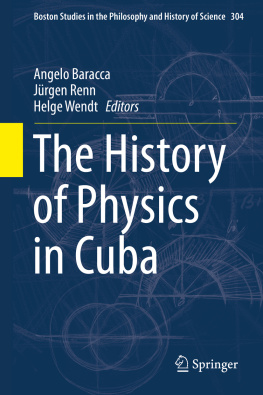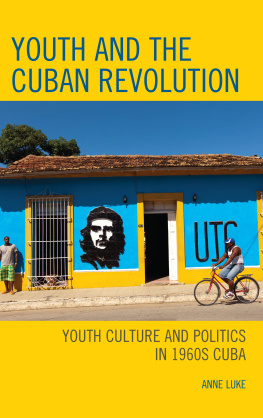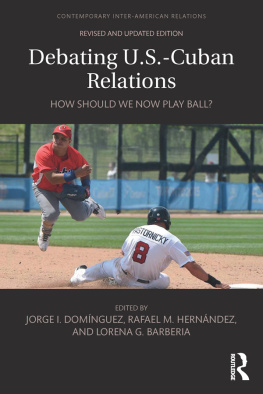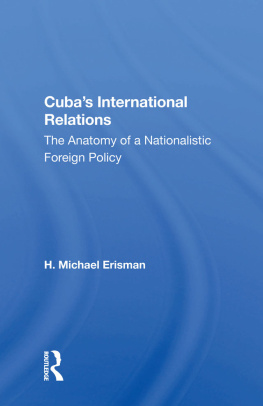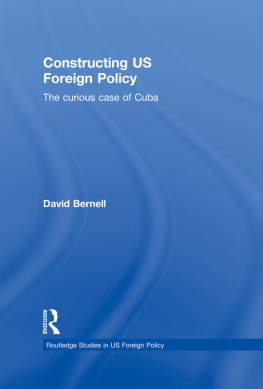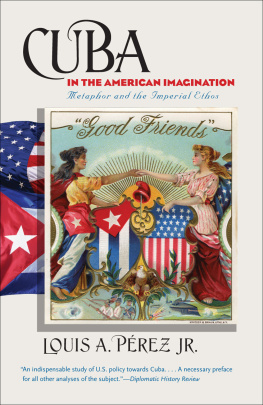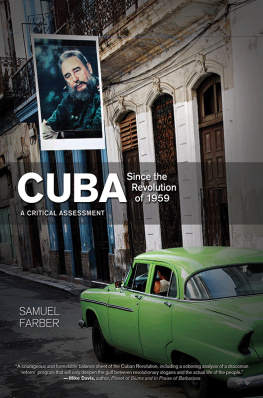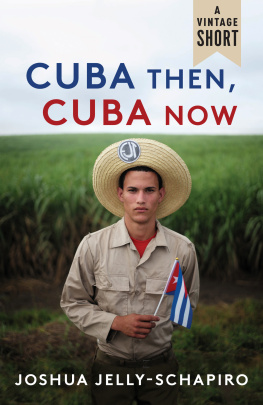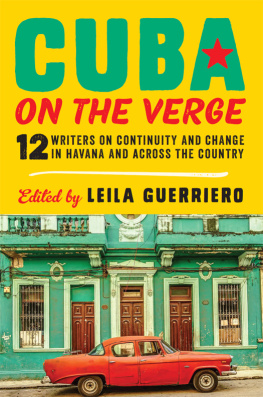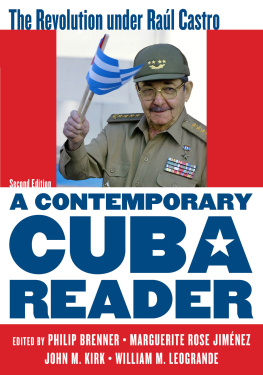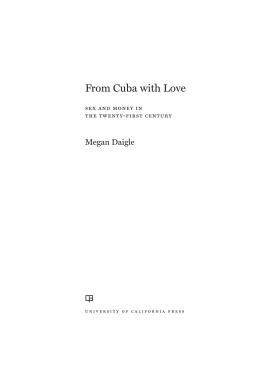1. A Short Introduction to this Volume
The history of physics in Cuba comprises two centuries of intensively interrelated processes in politics, society, science and worldwide communications. The evolution of physics as a discipline since the early nineteenth century may serve as a focal lens for studying the developments in Cuban society in a global context. At the eve of the 1959 Revolution, the new physics of the twentieth century was not widely known, nor taught, in Cuba and scientific research scarcely existed in its universities. It is only in the past half century that Cuba has built up an advanced scientific system.
To a broader public, the high level of Cuban science in biotechnologies, immunology and medicine is well known. But scientific development also took off very quickly in physics, achieving impressive results within the first 15 years after the Revolution. One may imagine that such a rapid take off and development was due exclusively to the far-reaching collaboration withand support fromthe USSR and other Socialist countries. It is true that this factor should not be underestimated. Hundreds of Cuban physicists graduated, specialized and worked in the prestigious scientific institutions of the USSR. Nevertheless, the contributions to this volume show that in the beginning many Western physicists also played a fundamental role. During various periods, they visited the newly founded School of Physics of the University of Havana and promoted initiatives in higher education and scientific research, such as the summer schools. Collaboration with the USSR and the Socialist countries grew gradually and assumed a significant role only from the 1970s on. Cuban physicists, however, never severed ties nor terminated their collaborations with Western colleagues and institutions, a circumstance that has played an important role.
Another original aspect that must be considered in the scientific development in Cuba since the 1960s is that the strategies for this development were not simply copied or imported from more advanced countries. There was a lively debate within the Cuban scientific community (and with foreign Western advisers), inspired by the requirement that research should relate directly to the economic and social development of the country.
This volume presents the history of one scientific discipline in one country, from its origins in the early nineteenth century up to the present time. This task was facilitated by both the relatively short historical period of this development and the relatively limited size of the Cuban community of the physicists. Nevertheless, we hope to present a pioneering volume that depicts the development of a scientific community in an international context over a period of 200 years.
The Structure of the Volume
The contributions to the volume are organized in four parts. They are preceded with a personal introduction by Angelo Baracca to Cuban society with all of its complex and multifaceted aspects. This is an attempt to help the reader with little or no knowledge of Cuba to position the developments discussed in the volume within the lively historical and social reality. It is followed by a short critical bibliography compiled by Duccio Basosi that aims to suggest further reading for the non-specialist. A short biography of all of the authors who contributed to this volume is also included.
The first part of the volume includes several contributions that reconstruct the different stages of the history of physics in Cuba, from its beginnings in the late colonial era to the present. The first contribution by Jos Altshuler and Angelo Baracca gives an overview of the development from the late eighteenth century on. The second contribution by Jos Altshuler deals in more detail with the beginning of the systematic teaching of physics from the 1920s to the end of the 1950s. The third contribution by Angelo Baracca, Vctor Fajer and Carlos Rodrguez Castellanos treats the development of physics after 1959, covering the foundation of various institutions as well as international cooperation, mostly with countries of the former Eastern bloc. In their contribution, Carlos R. Handy and Carlos Trallero-Giner give a detailed overview of the achievements of Cuban physics after 1959, dealing with research as well as with education. The contribution by Luis M. Mndez Prez and Carlos A. Cabal Mirabal describes how the University of Oriente in Santiago de Cuba, founded in 1947, became an important center of teaching and research in physics from the 1960s on. In his contribution, Diego de Jess Alamino Ortega studies the training of physics teachers in Cuba from the colonial period on, with a focus on pedagogical efforts undertaken after the revolution. The paper by Isarelis Prez Ones and Jorge Nez Jover, reprinted from Science and Public Policy , discusses some of the political strategies of technological innovation and the development of physics in Cuba in the 1980s and 1990s.
The second part of the volume comprises testimonies of Cuban physicists, who offer lively insights from the perspective of the actors themselves. The first contribution is an interview by Angelo Baracca with Hugo Prez Roja, focusing on the advancement of physics in the 1960s and 1970s. In a second interview, Melquades de Dios Leyva reports on the changes after the revolution in the teaching of physics, on the international engagement of Cuban physicists and on the opening up of academic career opportunities for Cubans from the poor population who previously had no opportunities at all. In her contribution, Elena Vigil Santos discusses the development of semiconductor physics in the framework of Cuban engagement in the COMECON program Intercosmos. This program is the object of a more extended essay by Jos Altshuler, Ocatvio Calzadilla Amaya, Federico Falcon, Juan E. Fuentes, Jorge Lodos and Elena Vigil Santos. Oscar Ars Muzio and Ernesto Altshuler discuss the history of the synthesis of a superconductor at the University of Havana in the 1980s. Oscar Sotolongo-Costa in his contribution describes the emergence of the physics of complex systems in Cuba as a response to both an international trend and the need for ways of doing research in Cuba during the economic crisis of the 1990s. The contribution by Carlos A Cabral Mirabal discusses the development of the Magnetic Resonance Project during the 1990s. Carlos Rodgrguez Castellanos draws a conclusion for the present of the ongoing development of nanoscience and nanotechnology in the national and international framework. Osvaldo de Melo Pereira and Mara Snchez Colina report on the development of physics education at the University of Havana and include a detailed overview over the topics and the number of students from the 1960s on. The contribution by Olimpia Arias de Fuentes is a gender study on the role of female students and researchers in Cuban physics.

